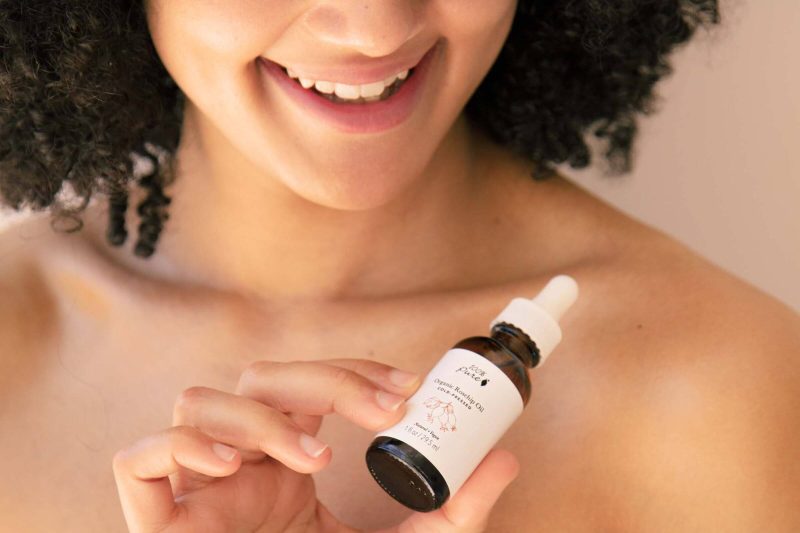Rosehip oil has been gaining popularity in the skincare world due to its numerous benefits for the skin. If you’re looking to incorporate this powerful oil into your skincare routine, here’s a step-by-step guide on how to do it effectively.
1. **Choosing the Right Rosehip Oil**: Before adding rosehip oil to your skincare routine, make sure to choose a high-quality, organic oil that is cold-pressed and unrefined. This ensures that the oil retains all of its beneficial properties and nutrients.
2. **Patch Test**: It’s essential to perform a patch test before applying rosehip oil directly to your face. Apply a small amount of oil on a small patch of skin, preferably on your inner arm, and wait for 24 hours to check for any allergic reactions or irritation.
3. **Cleansing and Toning**: Start by cleansing your face thoroughly with a gentle cleanser to remove any dirt, makeup, or impurities. Follow up with a toner to balance the skin’s pH levels and prepare it for the next steps.
4. **Application of Rosehip Oil**: After cleansing and toning, take a few drops of rosehip oil in the palm of your hand and gently massage it onto your face and neck. Avoid getting the oil into your eyes.
5. **Moisturizing**: Rosehip oil is known for its hydrating properties, but if you have dry skin, you can also layer it with your regular moisturizer for an extra boost of hydration. Simply mix a drop or two of rosehip oil with your moisturizer before applying it to your skin.
6. **Sun Protection**: Although rosehip oil contains natural antioxidants, it’s essential to follow up with a sunscreen during the day to protect your skin from harmful UV rays and prevent any damage.
7. **Nighttime Routine**: Incorporating rosehip oil into your nighttime skincare routine can help promote cell regeneration and repair damaged skin while you sleep. Cleanse your face, apply the oil, and let it work its magic overnight.
8. **Consistency is Key**: Like any skincare product, consistency is crucial when using rosehip oil. Incorporate it into your routine daily or as needed to see the best results over time.
9. **Adjust as Needed**: Monitor how your skin reacts to the rosehip oil. If you experience any sensitivity or adverse reactions, reduce the frequency of use or stop using it altogether. Listen to your skin’s needs and adjust your routine accordingly.
In conclusion, adding rosehip oil to your skincare routine can bring a range of benefits, from hydration and nourishment to anti-aging properties. By following the steps outlined above and paying attention to how your skin responds, you can enjoy the wonders of this natural oil and achieve a healthy, radiant complexion.

